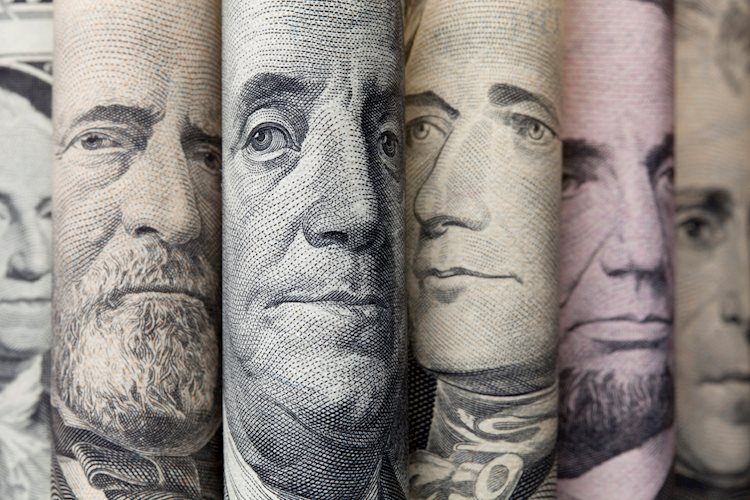The US Dollar Index saw a turnaround on Tuesday’s US trading session after facing some intraday losses. With China markets reopening after the Golden Week closure, volatility surged, causing the US Dollar to trade above 102.00 looking for direction. Investors welcomed back China by sending European stocks on the backfoot, leading to a surge in risk-off sentiment.
The economic calendar for the day was light, with the Goods Trade Balance and the Economic Optimism Index not expected to have a significant impact on the market. However, comments from Federal Reserve Bank of Atlanta President Raphael Bostic and Federal Reserve Vice Chair Phillip Jefferson could potentially drive some movement.
Chinese markets reopening after the Golden Week saw a negative reaction, with the Hang Seng Index correcting near 10% at its closing bell. In the US, the National Federation of Independent Business released its Business Optimism Index for September, which fell short of expectations. The Goods and Services Trade Balance data from August revealed a recovery in the deficit, while the Economic Optimism Index for October showed improvement.
Federal Reserve officials, including President Raphael Bostic and Vice Chair Phillip Jefferson, delivered speeches on the US economic outlook, with the CME Fedwatch Tool showing an 88.7% chance of a 25 basis point interest rate cut at the next Fed meeting. Despite European equities being in the red, US equities were gearing up for positive trading.
The US Dollar Index technical analysis reveals that the Greenback is showing signs of easing for the second consecutive day. The psychological level of 103.00 stands as a hurdle on the upside, with further resistance levels identified. On the downside, support levels are marked by various moving averages and round numbers to catch any bearish pressure.
In the realm of financial jargon, “risk-on” and “risk-off” are commonly used terms to refer to the level of risk investors are willing to take during a specified period. In a “risk-on” market, investors are optimistic and more inclined to buy risky assets, while in a “risk-off” market, they tend to opt for safer assets due to uncertainties. Different asset classes tend to perform differently in both market conditions, with commodities and currencies reacting accordingly.











